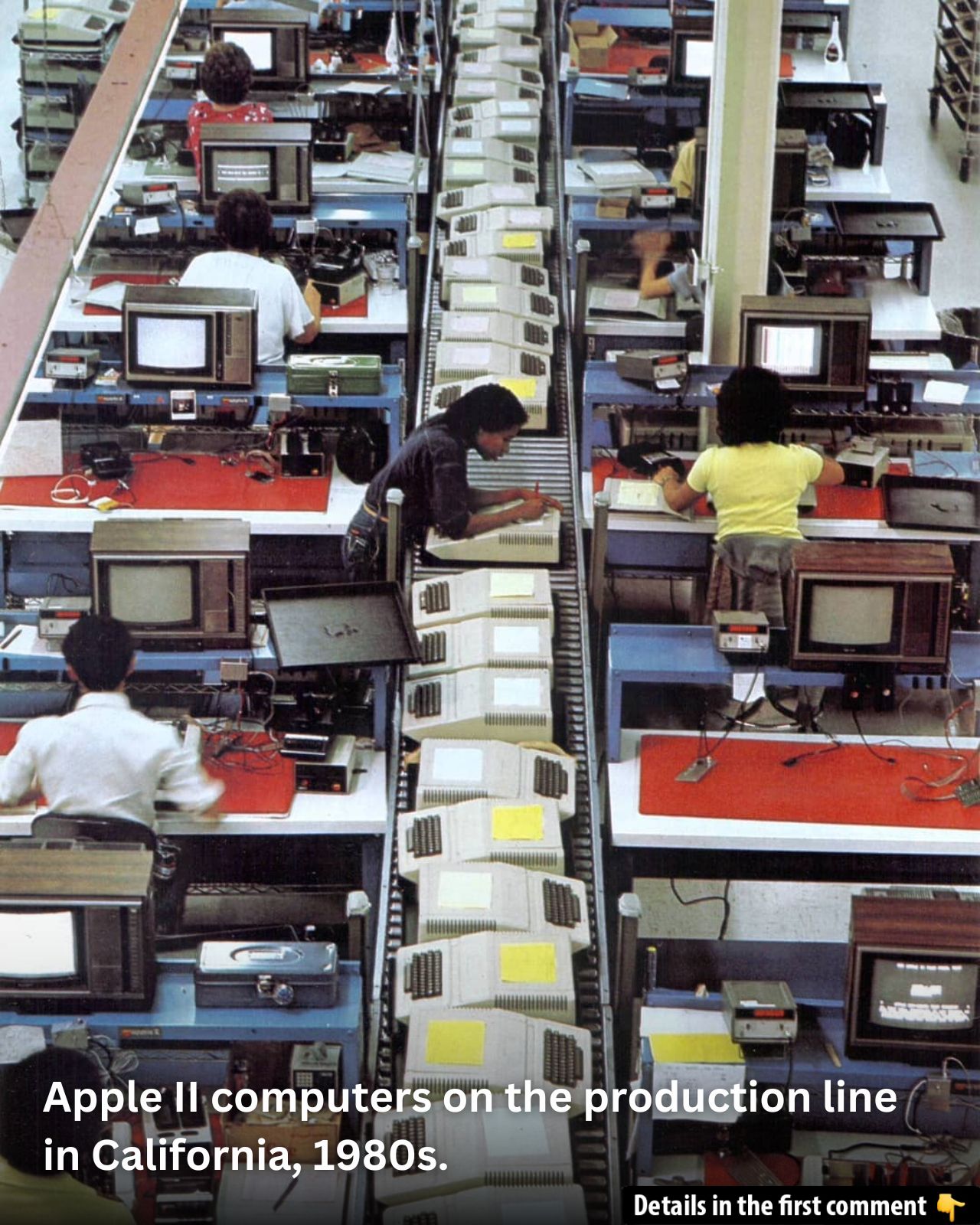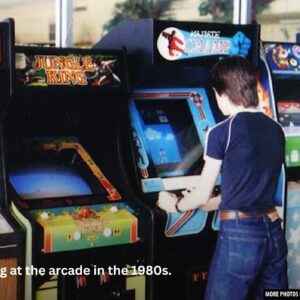In the world of computing, few devices are as iconic as the Apple II. Released in 1977, this 8-bit personal computer not only transformed Apple Inc. but also reshaped the entire technology landscape, turning personal computing from a niche hobby into a mainstream revolution. The Apple II’s story is one of innovation, vision, and the foresight to design a computer that was not only powerful but also accessible to everyone, regardless of their technical background.
The Dawn of a New Era: The Apple II Launch
April 16, 1977, marked a defining moment for the tech world. At the first annual West Coast Computer Faire in San Francisco, a young Steve Jobs and Steve Wozniak unveiled the Apple II, the personal computer that would set the foundation for the personal computing age. In front of an audience of over 12,000 people, the world witnessed the introduction of a machine that would change the course of history forever.
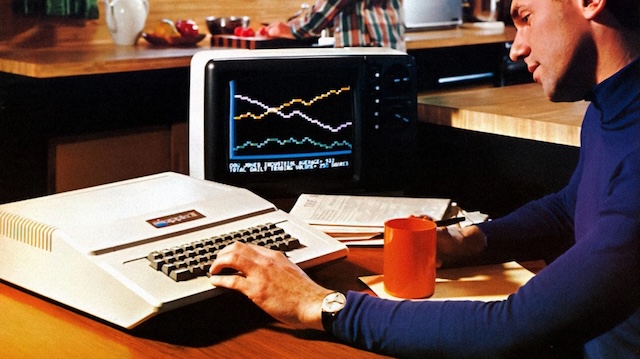
The Apple II wasn’t the first microcomputer to hit the market. However, what set it apart was its design—one that appealed to more than just hobbyists or engineers. While earlier machines, like the Altair 8800, were intimidating kits requiring assembly, the Apple II was pre-assembled, user-friendly, and ready to go straight out of the box.
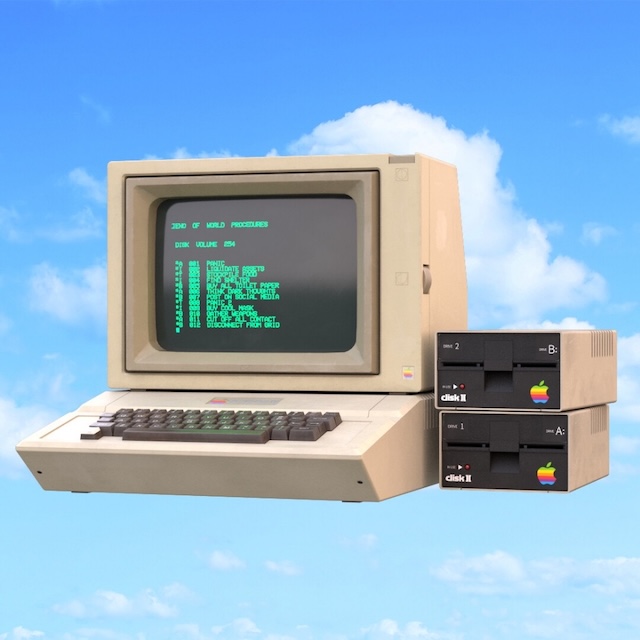
Video
Watch the video to discover the Apple II from 1977 – a groundbreaking moment in tech history!
From Apple I to Apple II: A Journey of Innovation
Before the Apple II, there was the Apple I. But the Apple I, created by Wozniak, was a bare-bones machine, sold without essential peripherals like a keyboard or monitor. Its audience was limited to tech enthusiasts and hobbyists. In contrast, Apple II represented a leap forward—a complete, ready-to-use personal computer that could fit into a home or office setting.
Steve Jobs, with his sharp sense for design, insisted that the Apple II should not only function well but also look good. The sleek, molded plastic case was designed with the average consumer in mind, something that could be proudly placed in the living room. It wasn’t just a tool; it was a piece of technology that could blend into the fabric of everyday life. And for the first time, the average person, even those with no technical expertise, could use a computer.
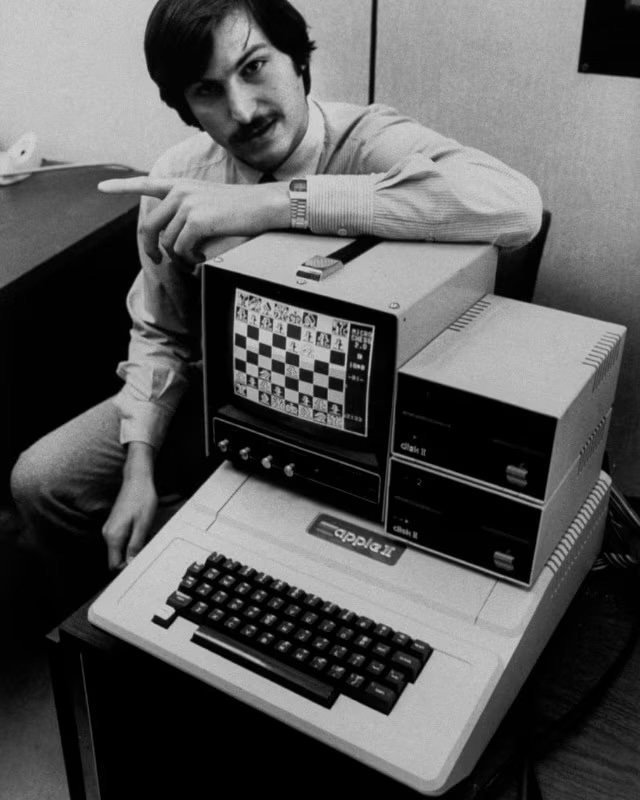
Apple II: A Personal Computer for Everyone
What truly set the Apple II apart was its “personal” touch. While other machines were designed for engineers and hobbyists, the Apple II was built for anyone and everyone. With its simple design and straightforward user interface, it made computing accessible to a whole new demographic. Whether it was for a family looking to play games, a student learning to code, or a small business owner looking to manage finances, the Apple II could do it all.
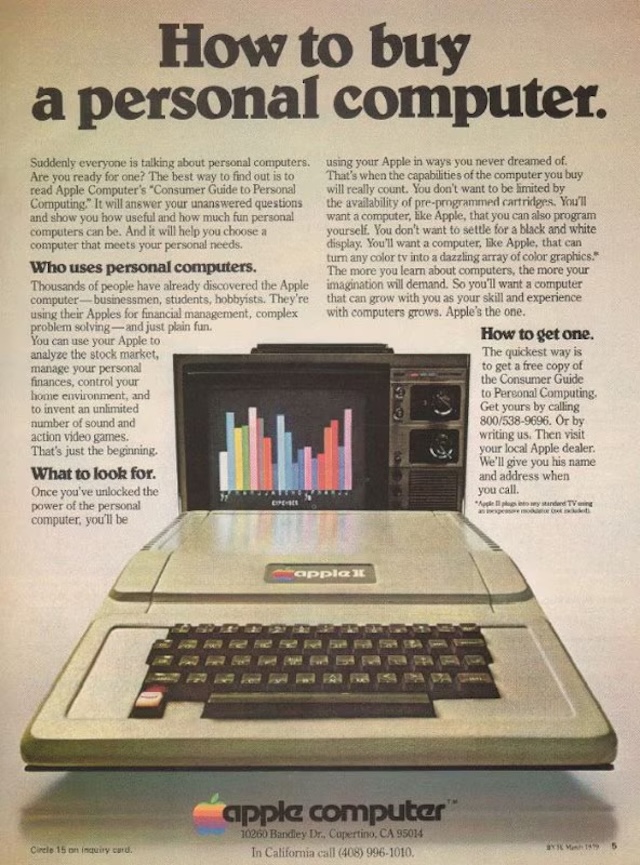
The heart of the Apple II was its open architecture, which allowed third-party developers to create new software. This openness fostered a vibrant ecosystem of applications, which was pivotal to the Apple II’s success. One such software was VisiCalc, the first-ever electronic spreadsheet, which became the “killer app” that sold many Apple II computers to businesses.
But it wasn’t just business that the Apple II revolutionized. It was also a home entertainment system, offering games and even educational programs that made it a fixture in households across America.
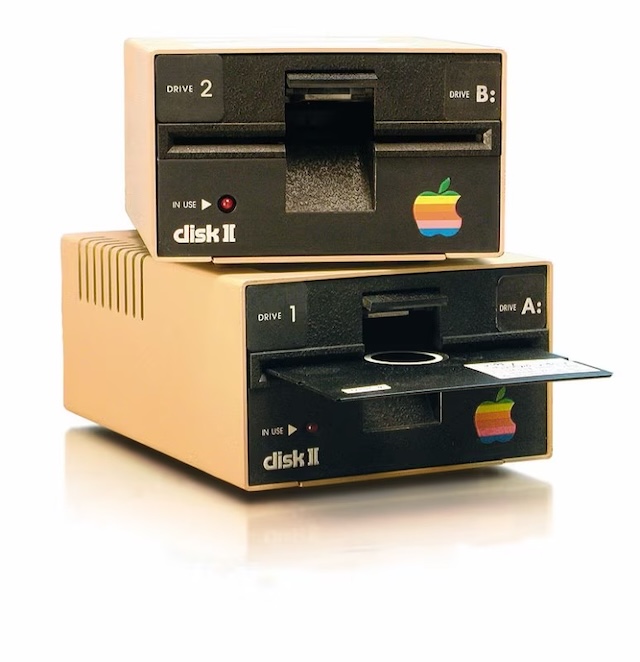
The Importance of Design: Apple II as a Household Appliance
In the mid-1970s, the concept of a computer in the home was almost unheard of. Computers were large, intimidating machines reserved for businesses and universities. But Steve Jobs saw the potential for the personal computer to be something more.
Jobs and Wozniak, through their collaboration, understood the importance of design—both in terms of function and form. The Apple II was built to be a piece of technology that could sit comfortably in a living room, not just an office. The soft, reassuring lines of the machine, along with its user-friendly interface, made it feel less like a complicated device and more like a household appliance.
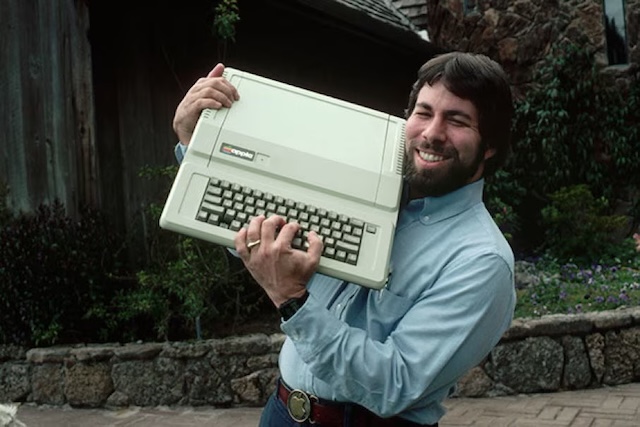
The Apple II’s design was, in many ways, ahead of its time. Even the color of the keyboard was carefully chosen, a detail many other tech companies at the time overlooked. These seemingly small design decisions helped shape the way we view computers today, highlighting how form and function could coexist.
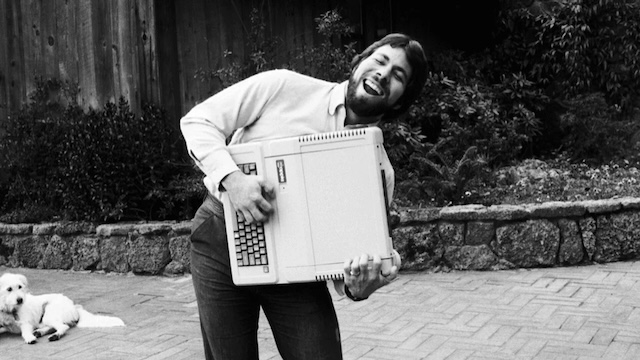
Apple II’s Impact on the Market and Education
By the time the Apple II was launched, it was clear that personal computers were not just a passing trend—they were here to stay. The Apple II quickly became a best-seller, with over 6 million units sold by 1984. The machine’s success was not only a triumph for Apple but for the entire personal computing industry.
One of the sectors that benefited most from the Apple II’s accessibility was education. Teachers began to see the value of computers in the classroom, using the Apple II to teach everything from math to programming. The Apple II became the first computer to be widely used in schools, paving the way for the integration of technology in education.
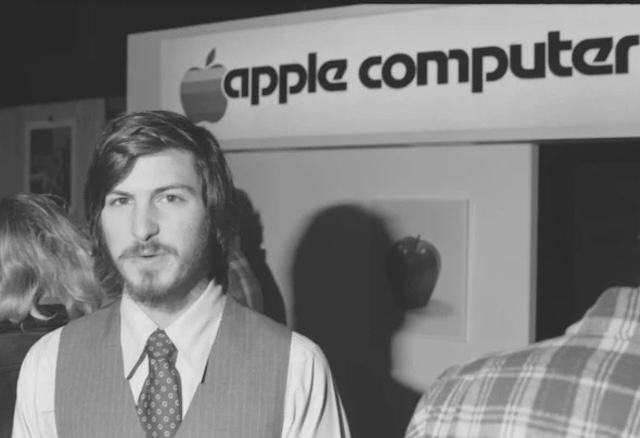
The Legacy of Apple II: A Computer That Changed the World
The Apple II’s legacy is not just in the numbers or the software that it helped launch; it’s in the profound impact it had on the entire computing industry. By providing an easy-to-use, affordable, and versatile personal computer, Apple II opened up the world of computing to millions of people who previously had no access.
Over the years, the Apple II evolved, with various versions like the Apple II Plus, IIe, and IIGS. These updates continued to refine and improve the system, ensuring its place as one of the most important computers in history. The Apple II helped to establish Apple as a dominant force in the tech industry and paved the way for future innovations like the Macintosh, iPod, iPhone, and iPad.
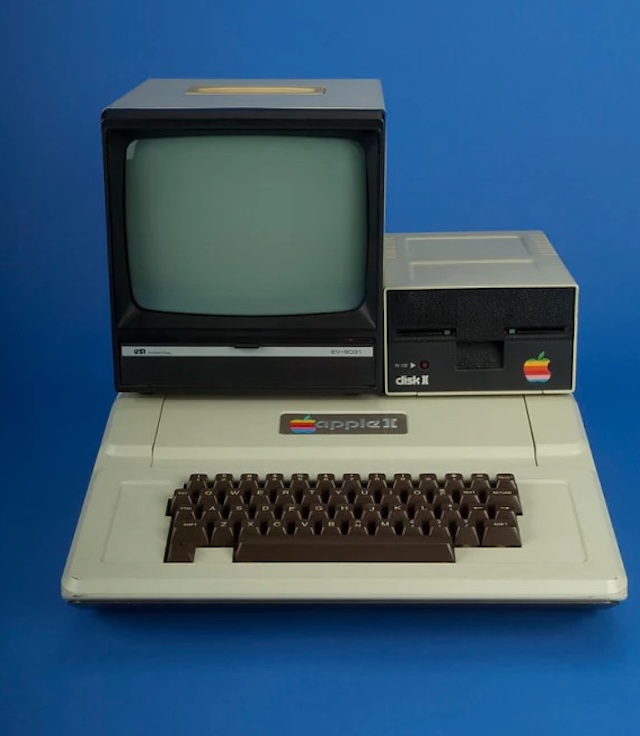
Apple II: A Stepping Stone to the Digital Age
When we look back at the Apple II today, it’s easy to see how far we’ve come. Modern computers are faster, sleeker, and more powerful than ever before, but the Apple II remains an important piece of the puzzle. It was one of the first computers that made personal computing a reality for the masses, and it did so with a combination of innovation, design, and user-centric thinking that set the standard for what computers should be.
As we move further into the digital age, it’s worth remembering the Apple II and the profound influence it had on the development of the personal computer. The world of technology may have changed, but the Apple II will always remain a symbol of the early days of personal computing—when a small machine with a lot of heart changed the world forever.
The Apple II may be a relic of the past, but its influence continues to echo in the devices we use today. For those who were lucky enough to experience it firsthand, the Apple II will always be more than just a machine. It was the gateway to a new world of possibilities.
Video
Check out the video to see how the Apple 1 computer works – a fascinating look at the early days of personal computing!
